Materials Science
-
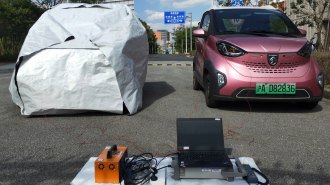 Materials Science
Materials ScienceThis ‘thermal cloak’ keeps spaces from getting either too hot or cold
A new thermal fabric prototype could help keep cars, buildings and other spaces a comfortable temperature during heat waves while reducing CO₂ emissions.
By Skyler Ware -
 Chemistry
ChemistryTear-resistant rubbery materials could pave the way for tougher tires
Adding easy-to-break molecular connectors surprisingly makes materials harder to tear and could one day reduce microplastic pollution from car tires.
By Skyler Ware -
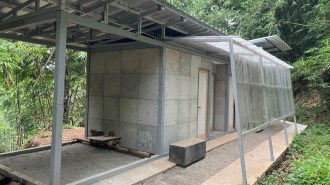 Environment
EnvironmentThis house was built partly from recycled diapers
Disposable diapers can replace nearly a third of the materials used in load-bearing structures, offering a potential path to more affordable housing.
-
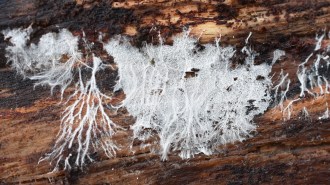 Materials Science
Materials ScienceA vegan leather made of dormant fungi can repair itself
Researchers developed a leather alternative made from dormant fungus that can be reanimated and then regrow when damaged.
By Jude Coleman -
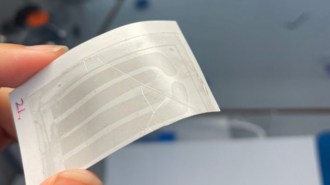 Health & Medicine
Health & MedicineA graphene “tattoo” could help hearts keep their beat
A proof-of-concept electronic heart tattoo relies on graphene to act as an ultrathin, flexible pacemaker. In rats, it treated an irregular heartbeat.
By Meghan Rosen -
 Chemistry
ChemistryHere’s why some Renaissance artists egged their oil paintings
Some Renaissance artists created eggs-quisite paintings by adding yolks to oil paints, which may have helped add texture and prevent yellowing.
By Jude Coleman -
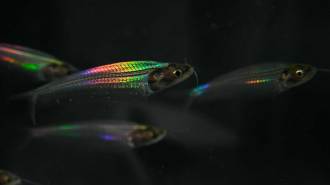 Animals
AnimalsThese transparent fish turn rainbow with white light. Now, we know why
Repeated structures in the ghost catfish’s muscles separate white light that passes through their bodies into different wavelengths.
-
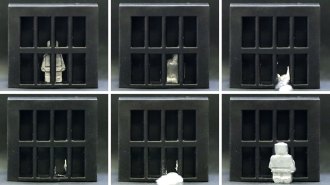 Materials Science
Materials ScienceThese shape-shifting devices melt and re-form thanks to magnetic fields
Miniature machines made of gallium embedded with magnetic particles can switch between solid and liquid states.
-
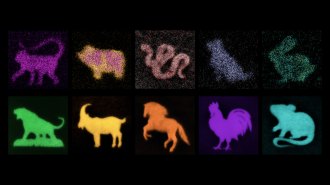 Materials Science
Materials ScienceWant a ‘Shrinky Dinks’ approach to nano-sized devices? Try hydrogels
Patterning hydrogels with a laser and then shrinking them down with chemicals offers a way to make nanoscopic structures out of many materials.
-
 Chemistry
ChemistryThese chemists cracked the code to long-lasting Roman concrete
Roman concrete has stood the test of time, so scientists searched ruins to unlock the ancient recipe that could help architecture and climate change.
-
 Animals
AnimalsHere’s how polar bears might get traction on snow
Microstructures on the Arctic animals’ paws might offer extra friction that keeps them from slipping on snow, a new study reports.
By Meghan Rosen -
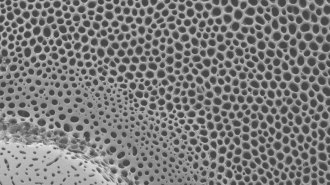 Animals
AnimalsSea urchin skeletons’ splendid patterns may strengthen their structure
“Voronoi” geometric patterns found in sea urchin skeletons yield strong yet lightweight structures that could inspire the creation of new materials.